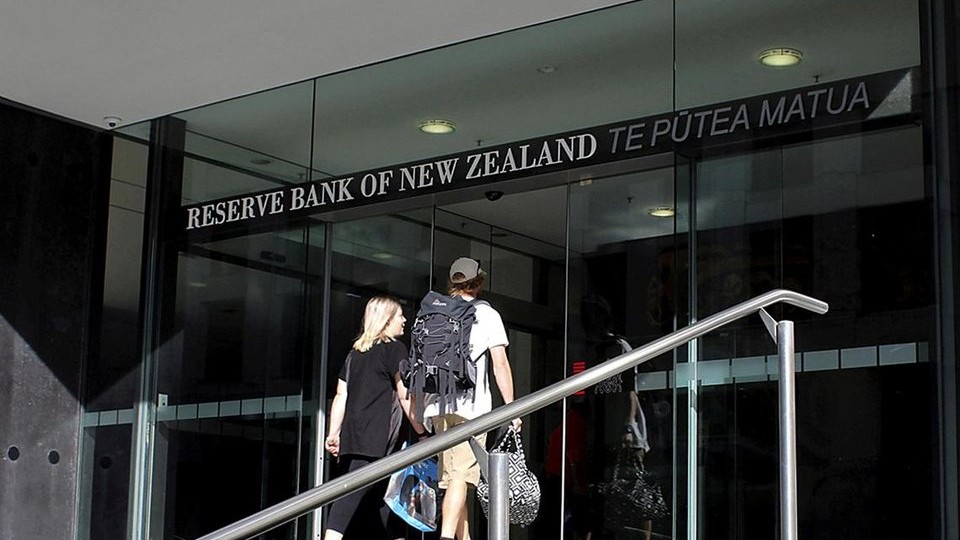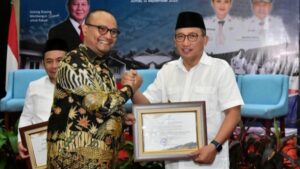Wellington – New Zealand’s population is expanding at its slowest pace in nearly three years, reflecting the combined impact of economic weakness, higher unemployment, and declining immigration flows.
According to Statistics New Zealand, the population increased by just 37,400 in the 12 months to June 2025, bringing the total to almost 5.33 million. The figure represents the weakest annual growth since the third quarter of 2022.
Net immigration contributed only 13,700 to the total, the lowest since 2022, while natural increase—births exceeding deaths—added around 21,000. The subdued figures highlight the country’s reliance on migration as a driver of both demand and labor supply.
New Zealand’s economy has traditionally leaned on population growth to offset its relatively low productivity levels compared to peer nations. Foreign workers also play a critical role in filling skills shortages across industries and supporting large-scale infrastructure projects.
Yet a softening labor market is reshaping migration dynamics. More New Zealanders are heading abroad for better-paying opportunities, with 71,851 citizens leaving in the past year—the highest outflow in 13 years. At the same time, fewer foreign workers are choosing New Zealand as job prospects dim, with non-resident arrivals falling by about 45,000 since June 2024.
Economic recovery following the 2024 recession has been uneven. The unemployment rate rose to 5.2 percent in June, the highest in five years, while growth is expected to have stalled in the second quarter. These pressures have reduced the appeal of New Zealand as a destination for both migrants and investors.
In response, the Reserve Bank of New Zealand has embarked on an aggressive easing cycle, cutting the Official Cash Rate by 225 basis points since August 2024. Economists expect further reductions when policymakers meet on August 20 in a bid to support growth.
The data underscores a structural challenge for New Zealand: balancing economic stability with the demographic shifts that underpin demand and labor supply. With outflows of citizens accelerating and foreign inflows slowing, the country faces mounting questions about its long-term growth model.











